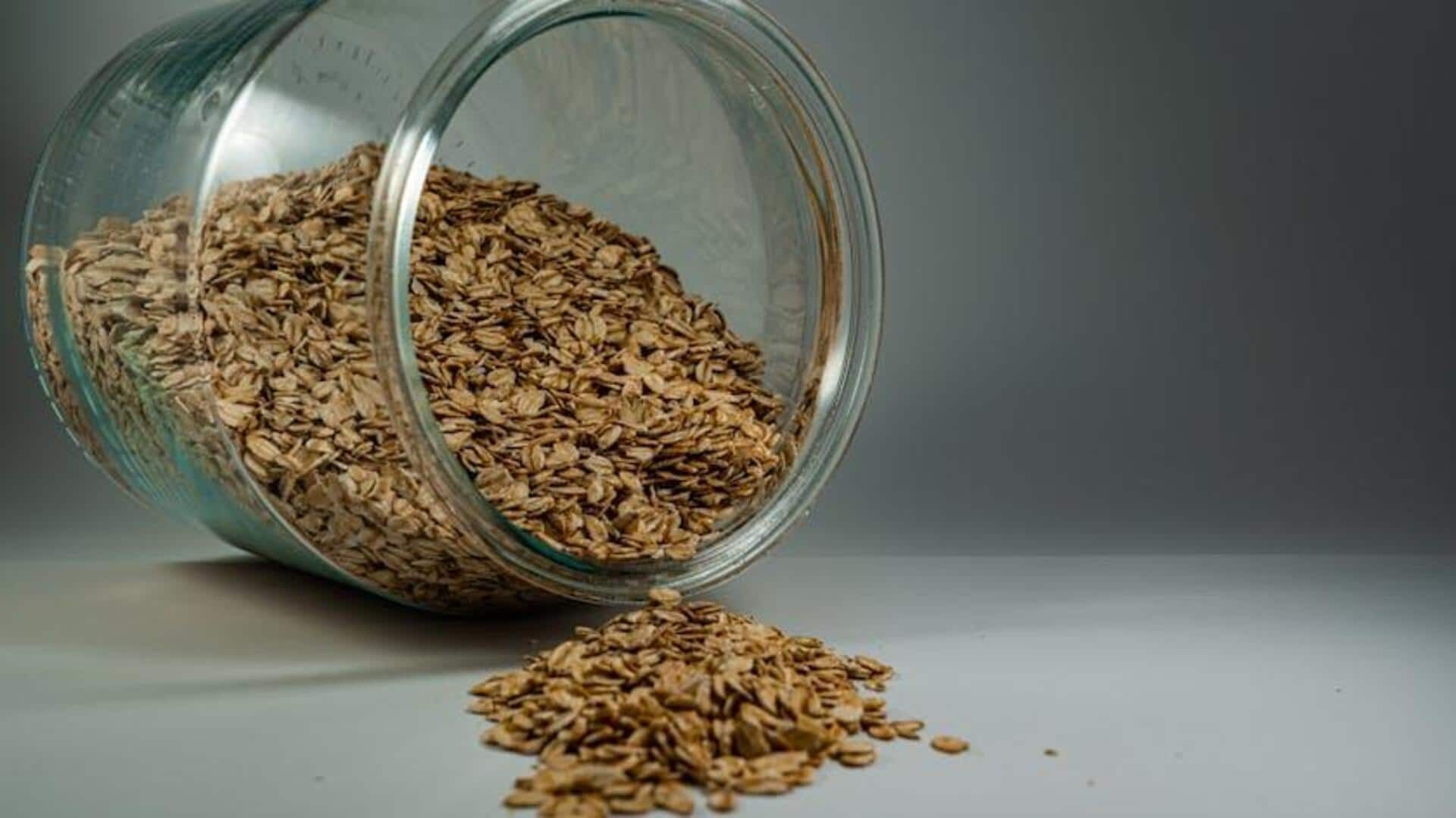
Oats v/s buckwheat: Which is healthier?
What's the story
Oats and buckwheat are two of the most popular grains that are often lauded for their health benefits. Both are versatile, easy to cook, and can be added to a number of dishes. While oats are mostly associated with breakfast cereals, buckwheat is known for pancakes and noodles. Here, we look at the nutritional profiles of these two grains, comparing their health benefits to help you make informed dietary choices.
Protein power
Protein content comparison
Oats also have a higher protein content than most other grains, providing about 13% protein by weight. Buckwheat also makes a good protein source at about 11%. Both grains are rich in essential amino acids that help with muscle growth and repair. However, oats have slightly more lysine than buckwheat, which is important for tissue repair.
Fiber focus
Fiber benefits in each grain
Both oats and buckwheat are loaded with dietary fiber to aid digestion and keep you feeling full. Oats have soluble fiber called beta-glucan that helps keep cholesterol levels in check. Buckwheat provides you with insoluble fiber that promotes digestive health by giving stools a bulk. Having either of the grains would make a positive addition to your daily fiber intake.
Nutrient density
Vitamins and minerals present
Oats are packed with essential nutrients, including vitamins like B1 (thiamine) and key minerals like magnesium and phosphorus. Meanwhile, buckwheat is particularly rich in levels of rutin, a potent antioxidant that can improve circulation and reduce inflammation. It also offers a good amount of manganese, copper, and magnesium, making both grains ideal candidates for a nutrient-rich diet.
Gluten-free grains
Gluten-free options available
For those with gluten sensitivities or celiac disease, oats and buckwheat offer excellent wheat substitutes. Both are naturally gluten-free but oats can be cross-contaminated in processing. Check for oats labeled certified gluten-free to prevent this. Buckwheat, however, is generally not prone to the same contamination risk, hence a safe option for those avoiding gluten.
Cooking creativity
Versatility in culinary uses
You can use oats in any form- rolled or steel-cut, for porridge or for baking cookies/bread loaves without yeast (thanks to their natural binding property when cooked long enough, if desired texture permits, so too does this apply similarly to other recipes involving them too!). Meanwhile, buckwheat flour makes delicious pancakes, while groats boil well with vegetables, making hearty salads perfect any time of year round!